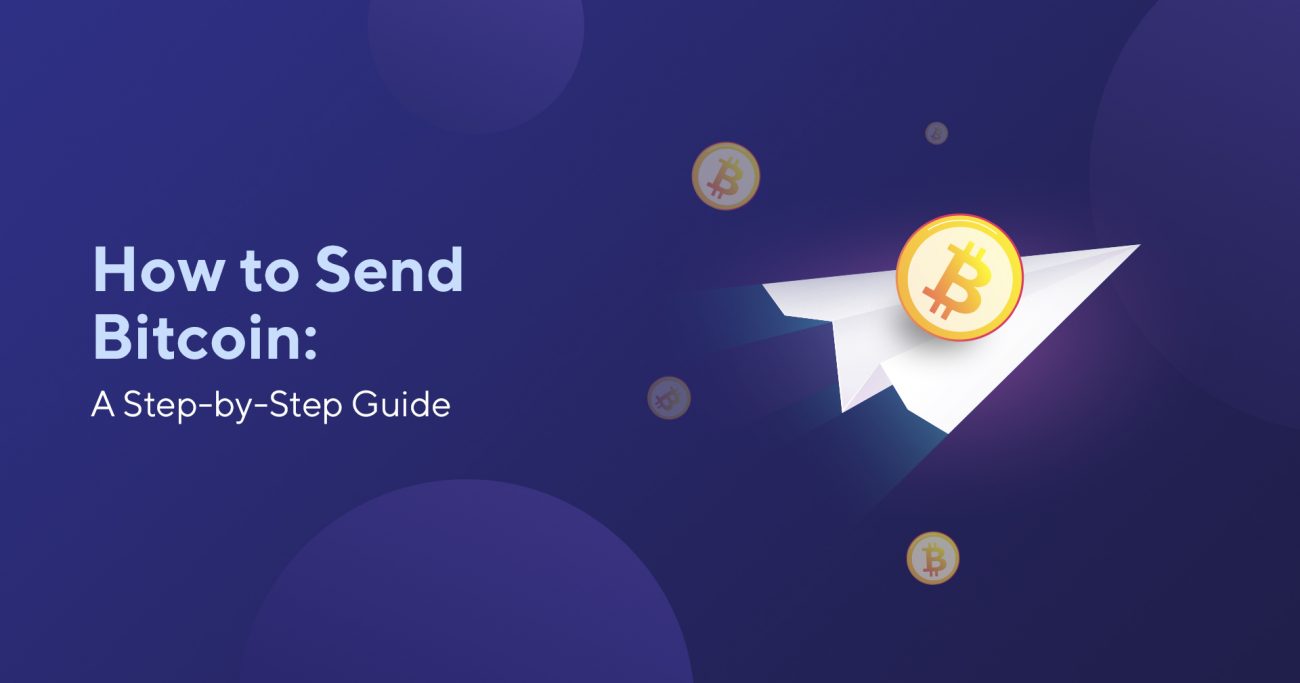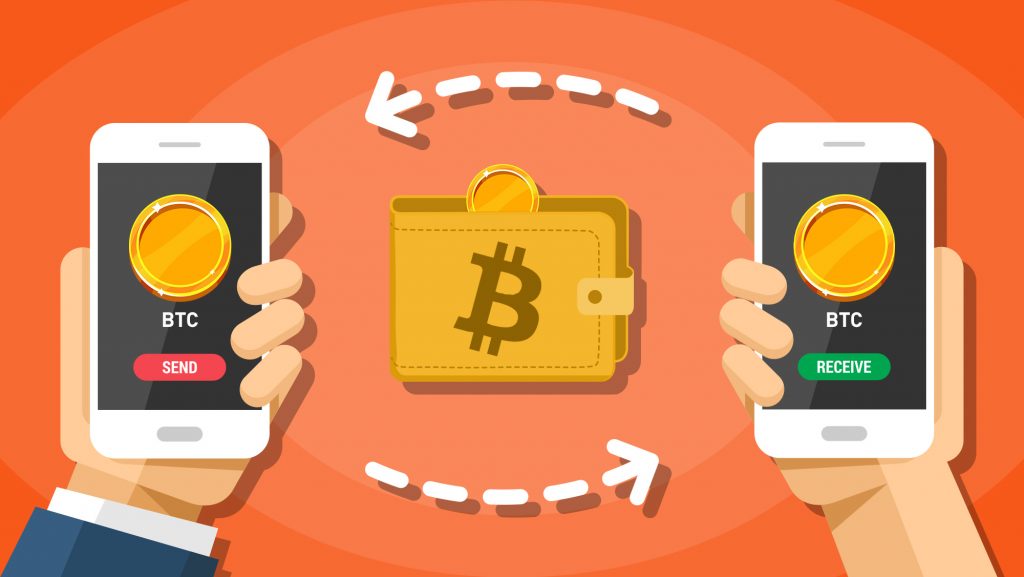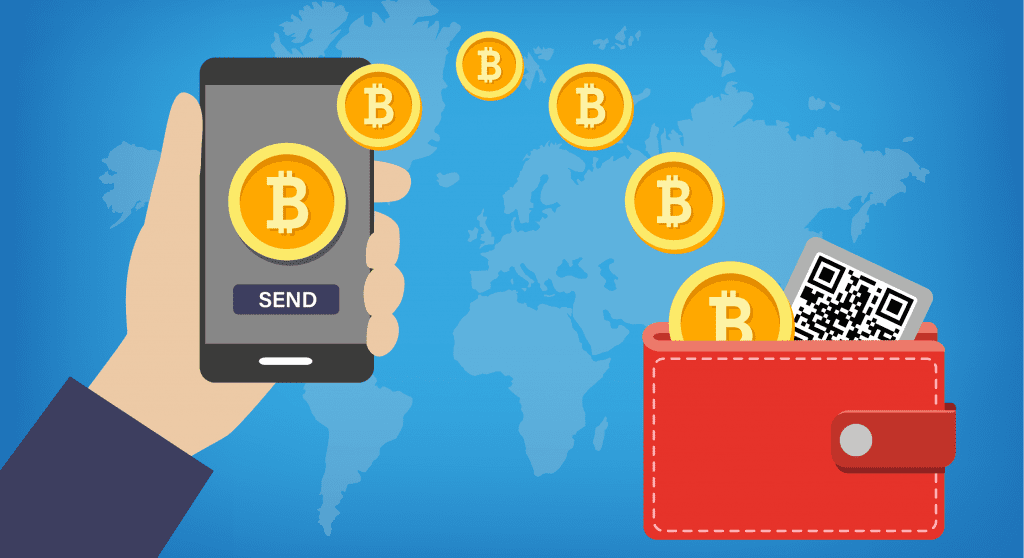
The internet is a virtual reality that keeps expanding, offering opportunities like digital finance, which continues to grow, picking up in popularity and worth. With that being said, Bitcoin, along with other cryptocurrencies, has become known as one of the most promising ways to make a return on your investment.
With such attractive returns and opportunities for further growth, crypto has become one of the greatest inventions of the 21st century. However, one of the biggest problems often comes down to users’ understanding of operations and how to implement the best practice.
To have complete control of your digital financial portfolio, users will need to understand the operations of cryptocurrency; these essential functions include deposits, sending, withdrawing, and exchanging.
This step-by-step guide will teach you how to send Bitcoin to someone successfully.

Whether it be Bitcoin, or any other altcoin, sending cryptocurrency is essential for the growth of your wealth. To ensure your transactions are successful, here are three steps to sending Bitcoin to someone successfully.
A Bitcoin wallet is the first and most crucial add-on needed when dabbling in cryptocurrency. A wallet refers to a digital ledger that manages your BTC, keeping it safe from theft, scams, or outside sources.
Taking your time to pick a wallet is recommended, and pay attention to all the contributing factors that make each wallet successful. There are three kinds of Bitcoin wallets, here is what each one is:
This is often the ideal option for absolute beginners. There are multiple advantages that come with it; for example, it is easy to set up with a simple interface and highly secure operations.
Online wallets are another great option, coming in as one of the preferred wallet options for crypto. Offering huge advantages, the online wallet is great for convenience with the ability to convert crypto-to-crypto, e.g., Bitcoin to Ethereum.
Paper wallets are the least popular of the lot, with slightly more complicated operations attached. The main advantage of a paper wallet is that users cannot be scammed or hacked as no information is stored in digital form. These wallets require the extra step of sending crypto to a mobile app before you are able to send Bitcoin to someone successfully.

In order to send or receive Bitcoin or any altcoin, users will need to get their hands on their Bitcoin address. When you are sending cryptocurrency, you would need the receiving BTC address, and when you are receiving BTC, your would need to give your address to the sender. It’s that simple!
A Bitcoin address can be identified as a sequence of numbers, which almost always starts with a 1, 3, or bc1q. Once you have received the address your need, you will need to allocate the amount of BTC you would like to send, along with a reference if needed. Once this is complete, you can press send.
Once the first two steps have been followed, the next step is tracking the payment to ensure it lands in the right place. Users can track transactions on the blockchain, and to do this, all you need to do is is copy and paste the receiving BTC address into a block explorer.
The two statuses a transaction can have is either ‘received’ (confirmed) or not yet ‘received’ (unconfirmed). In order for a transaction to be successful, Bitcoin requires six confirmations, while others can require more or less. Cryptocurrency transactions are deemed secure and irreversible.
When making any transactions, it is likely that there is a fee involved in completing that action, but when it comes to sending Bitcoin, those fees are much lower. The fees received by BTC are paid to the miners as an incentive.
The fees of the transaction can be upped if the user would like to speed up the process. The bigger the fee attached, the more likely the transaction is to be picked up by a miner. The worst-case scenario for waiting times with BTC is up to 72 hours, which often is more attractive than any fiat option.
Get your hands in the honey pot and take home your share of the interest with cryptocurrencies like Bitcoin, Ethereum, Litecoin, and many others. Join in on the new form of finance, and you can start your earning adventure on the front foot! Stay tuned at The Bitcoin Strip and learn all about all the tricks of the crypto trade!
To find out how we use cookies, please read our cookie policy or click accept to continue.
Sign up for exclusive bonuses from Thecryptostrip